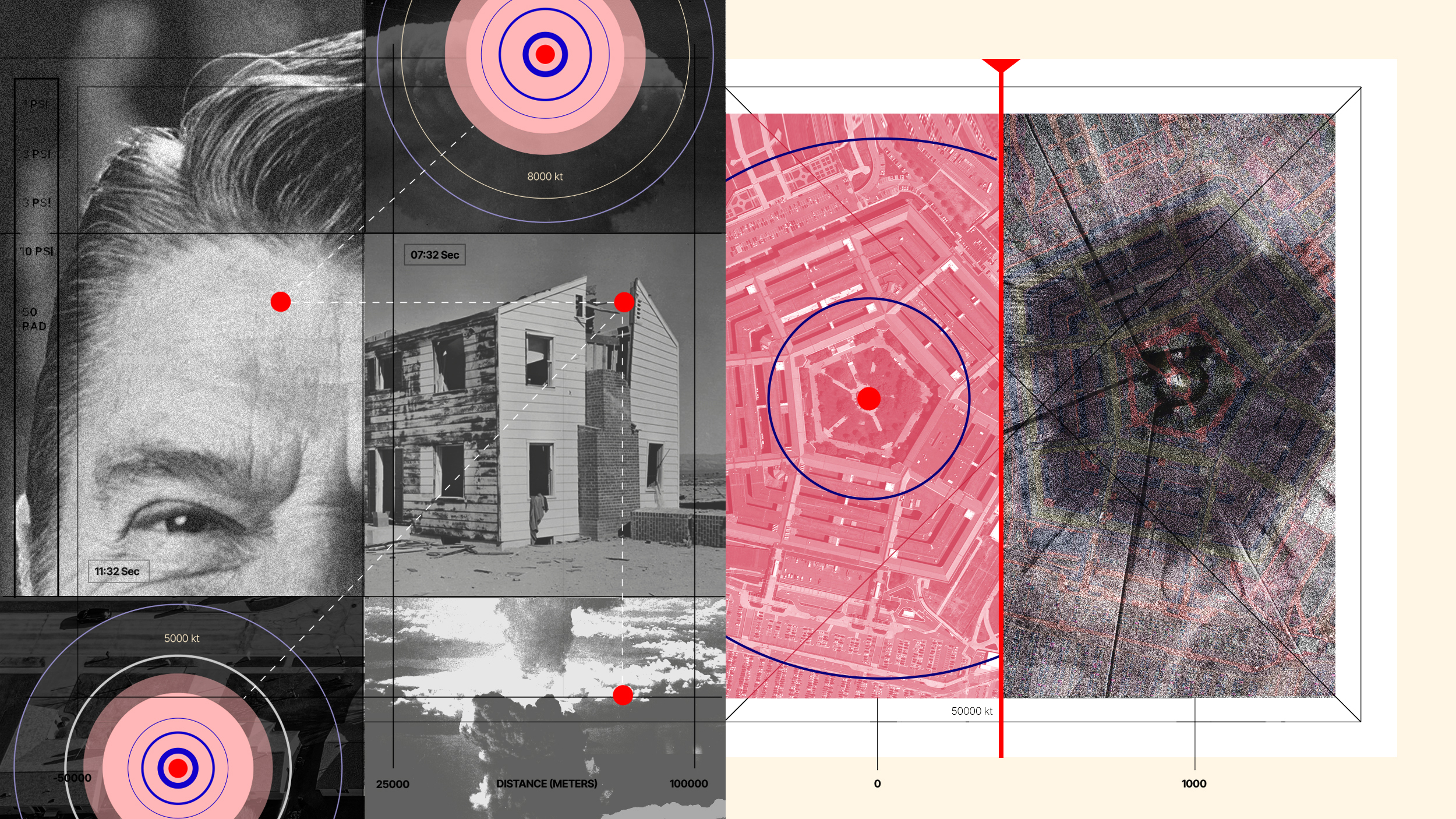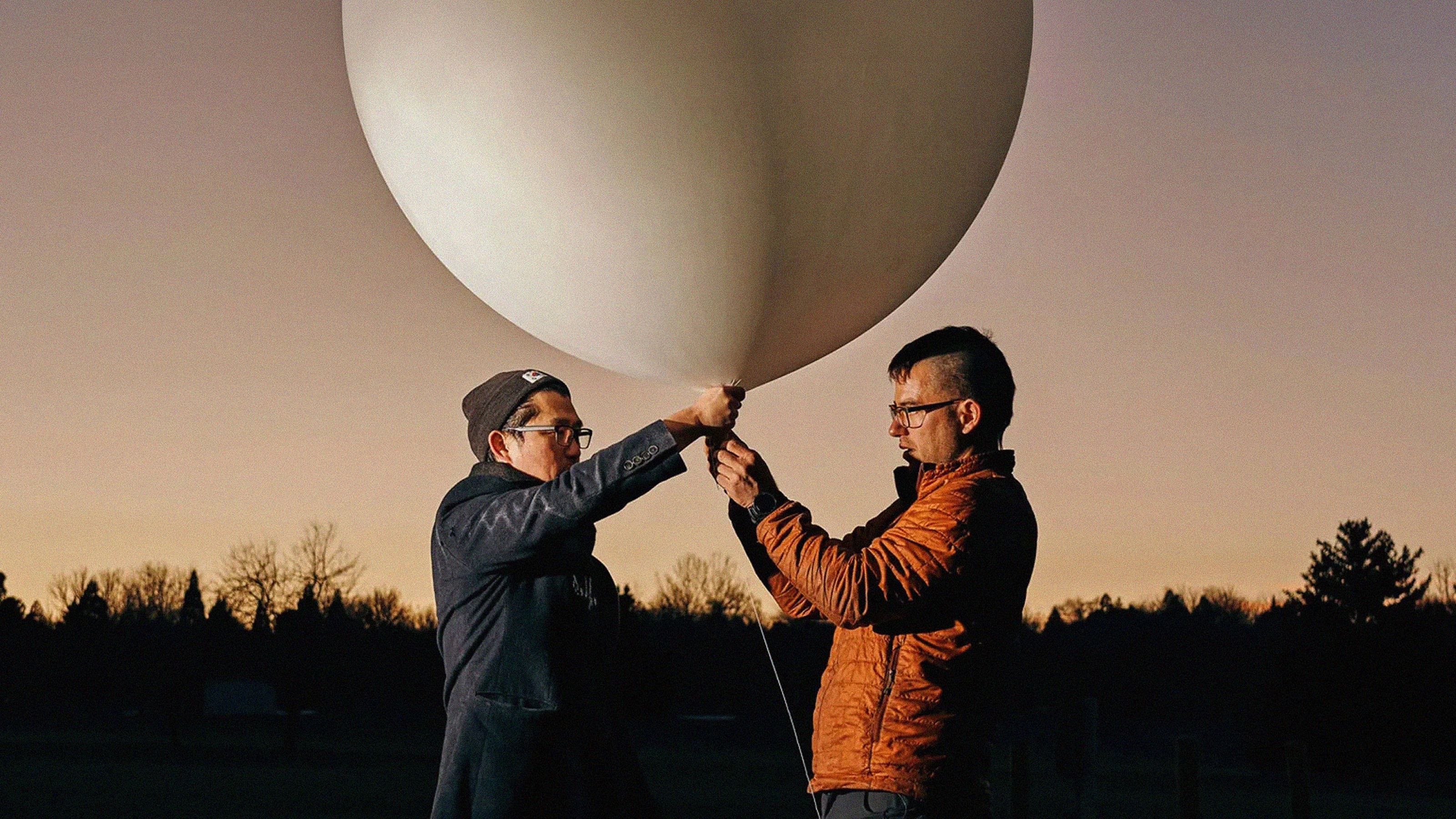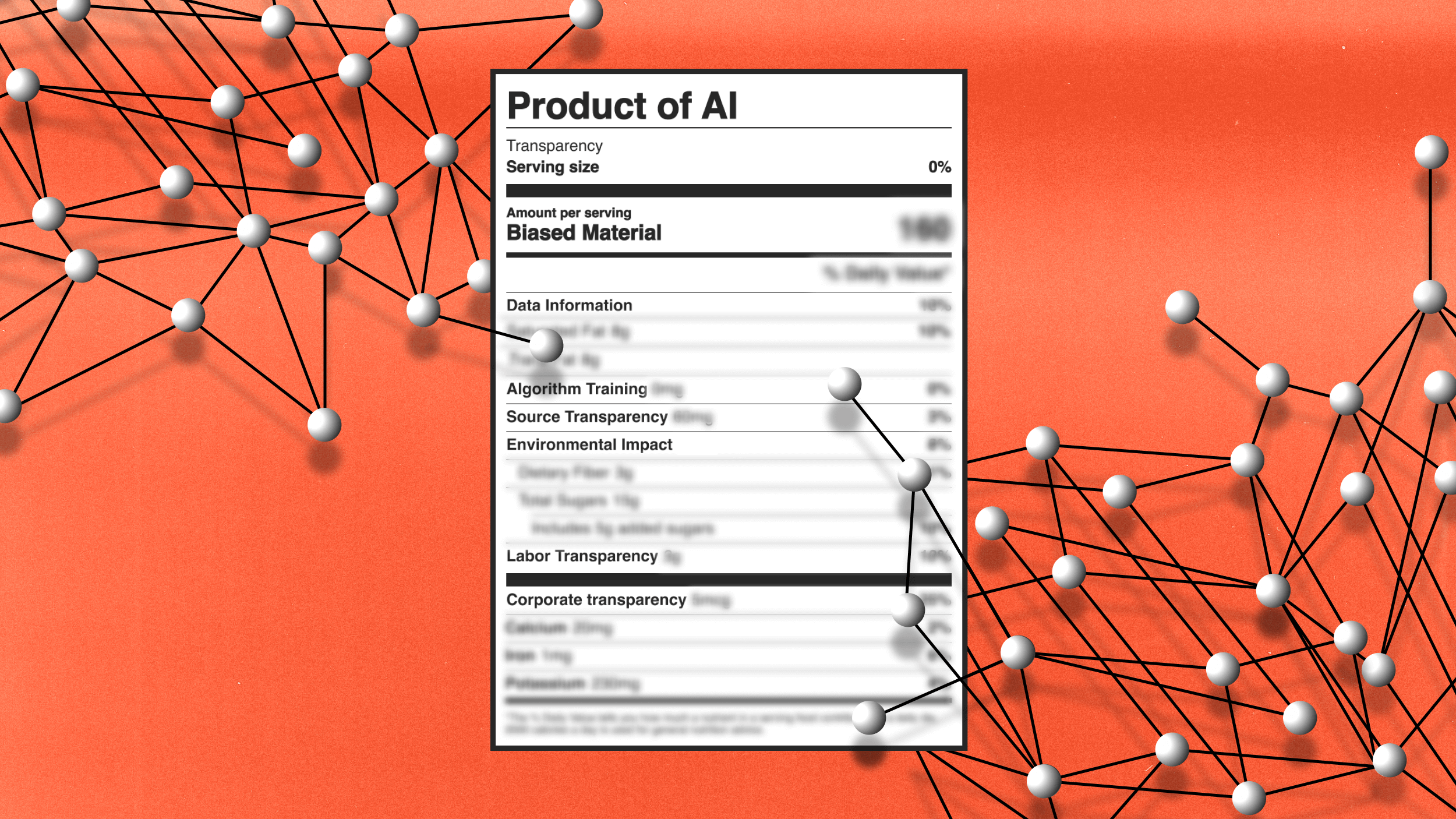Deadly Realism

Expectations for the Copenhagen summit next month are dropping like a cartoon anvil. Where once there was talk of a comprehensive international accord on cutting greenhouse-gas emissions, now the great global meeting is just a “stepping stone.” “We must in the coming weeks focus on what is possible and not let ourselves be distracted by what is not possible,” says the Danish Prime Minister, Lars Lokke Rasmussen.
He’s being realistic, of course. And in politics, realism — respect for what people can accept, and what they’re willing to negotiate — is the trait that distinguishes the insiders from the hoi polloi. If you want to be taken seriously when you talk about reducing carbon emissions, finding sustainable ways to support our standard of living, addressing the perpetual rise in the cost of health care, you had better be realistic. If you aren’t, you’ve licensed anyone who doesn’t agree with you to say “that will never happen!”
Statements of political realism aren’t like descriptions of gravity or the electrochemical signals of a synapse. They aren’t accounts of the natural world. Rather, they’re a social-psychological phenomenon. Realism in politics is holding an opinion about what other people will or won’t do in the future, and being able to persuade people that your picture is right. I wonder sometimes if this psychological activity is becoming a threat to humanity’s future.
After all, it’s increasingly obvious that for many serious global problems, there are no politically realistic solutions.
For example, today’s level of carbon dioxide in the atmosphere is above 380 parts per million (about 100 ppm above pre-industrial levels). Negotiators preparing for the Copenhagen summit are struggling to create a plan to prevent that figure from rising above 450 ppm. According to this analysis by the Harvard economist Jeffrey Frankel, a politically feasible target is 500 ppm. But an increasing number of climate scientists have become convinced that 450-500 ppm is far too high to prevent catastrophe. They want to go back to 350 ppm.
When this idea was tried out on 120 green legislators from eight nations last month, they pronounced it politically impossible. To look at the issue another way, Frankel’s politically realistic plan to attain 500 ppm in 2100 would leave humanity pouring about 4 gigatons of carbon dioxide into the atmosphere by that year. A report issued today by a European research consortium estimates that emissions will have to be zero by 2100 to prevent disaster.
Is it physically possible to cut carbon emissions to zero? Maybe. In this month’s Scientific American, Mark Z. Jacobson and Mark A. Delucchi argue that humanity could generate all its energy from renewable sources by 2030. (Details of their case are here.) But, as they write, businesses and politicians will find that drastic an infrastructural change to be unrealistic in the extreme.
Or, to take a different global problem, consider the mounting proportion of each nation’s income that is spent on health care, all over the world. This piece, by Kenneth Rogoff, a Harvard economist and former World Bank official, points out that this trend is driven by rising expectations: The more health care people get, the more they expect. (In the last century, for instance, hip replacements have gone from being fabulously exotic surgeries to a routine part of life.) The only long-term way to curb rising medical costs is to give people less care than they want. Rationing should be just, but eventually it must be. Try running for any office, anywhere, on that platform.
Democratic institutions are good at protecting people’s rights and allowing different interests to have representation. But what happens if those institutions prove inadequate to global problems?





